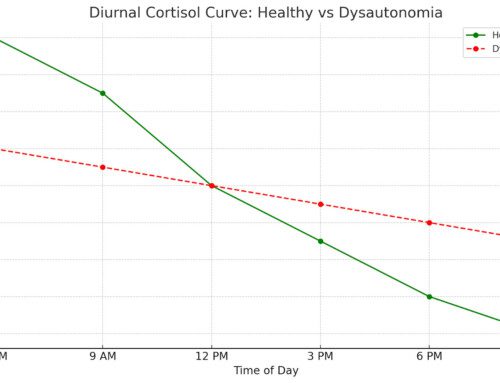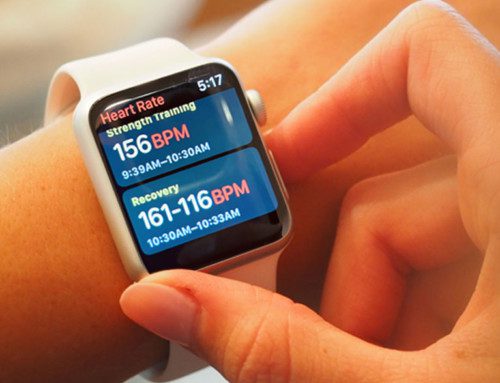For those living with Postural Orthostatic Tachycardia Syndrome (POTS), daily life can be a balancing act—both literally and figuratively. Symptoms like dizziness, rapid heartbeat, fatigue, and brain fog can make even simple tasks feel overwhelming. A growing number of people are utilizing and benefiting from: The University of Utah's ADaPT program.
What is POTS?
POTS is a form of dysautonomia, meaning there is impaired function within the autonomic nervous system. A major hallmark is an abnormal increase in heart rate when moving from lying down to sitting or standing up, and is often accompanied by a range of debilitating symptoms. Though it's more common than many realize—especially among young women—it's often misunderstood or misdiagnosed.
What is the Utah ADaPT Program?
The University of Utah developed their approach to exercise with the ADaPT (Autonomic Disorder adaptive Physical Therapy). It is a specialized, patient-centered program developed to help patients dealing with autonomic dysfunction improve their tolerance to exercise. The ADaPT emphasizes gradual, structured conditioning that is founded on the latest evidence supporting exercise and non-medication-based therapies for treating a wide-array of autonomic disorders.
How does it work?
The ADaPT program initiation is guided first by an evaluation, which includes a baseline on level of fitness and heart rate response, and is continuously monitored to determine progress between stages in the program. The ADaPT includes strength and aerobic training programs, both of which encompass:
- Recumbent and semi-recumbent exercises to start, reducing orthostatic stress
- Progressive resistance training to build strength without triggering symptoms.
- Controlled upright exposure over time, improving the body's ability to regulate blood flow
- Close monitoring and customization by physical therapists trained in treating autonomic disorders
It's not a quick fix—but it's a strategic one.
Real Results
Many patients report significant improvements in their symptoms after sticking with the program. Some go from being mostly bed-bound to being able to walk, work, and even return to sports. The key is consistency and patience, guided by therapists who understand the condition deeply.
The Bigger Picture
Unlike traditional physical therapy, the ADaPT is not a one-size-fits-all program. It was designed with the unique needs of POTS patients in mind, which makes a huge difference in the outcomes. There is also a large emphasis on patient education and self-management, empowering patients to understand their bodies and track their progress.
The success of the ADaPT program is a reminder that POTS is manageable, especially when treatment is specialized, supportive, and patient-led. It offers not only physical improvement, but also the mental and emotional relief of being heard and helped. The road may be long—but with the right support, it's absolutely possible.





